Madeira holidays
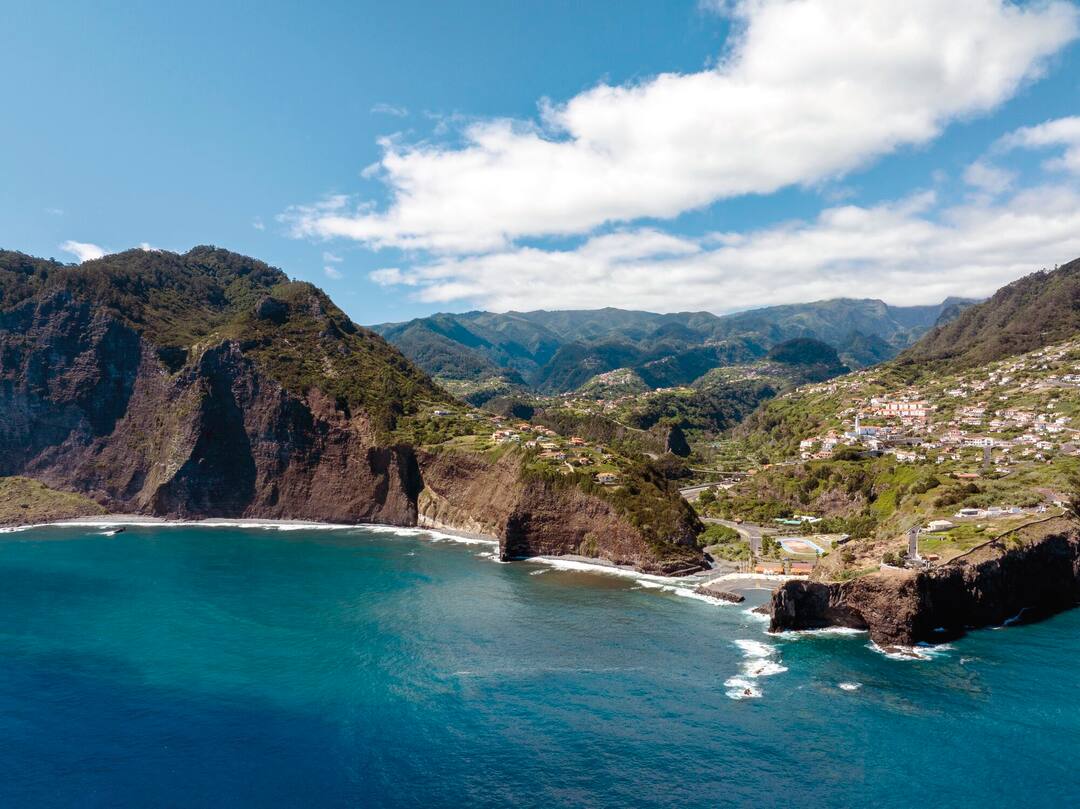;img.crop(width:1080%2Cheight:608))
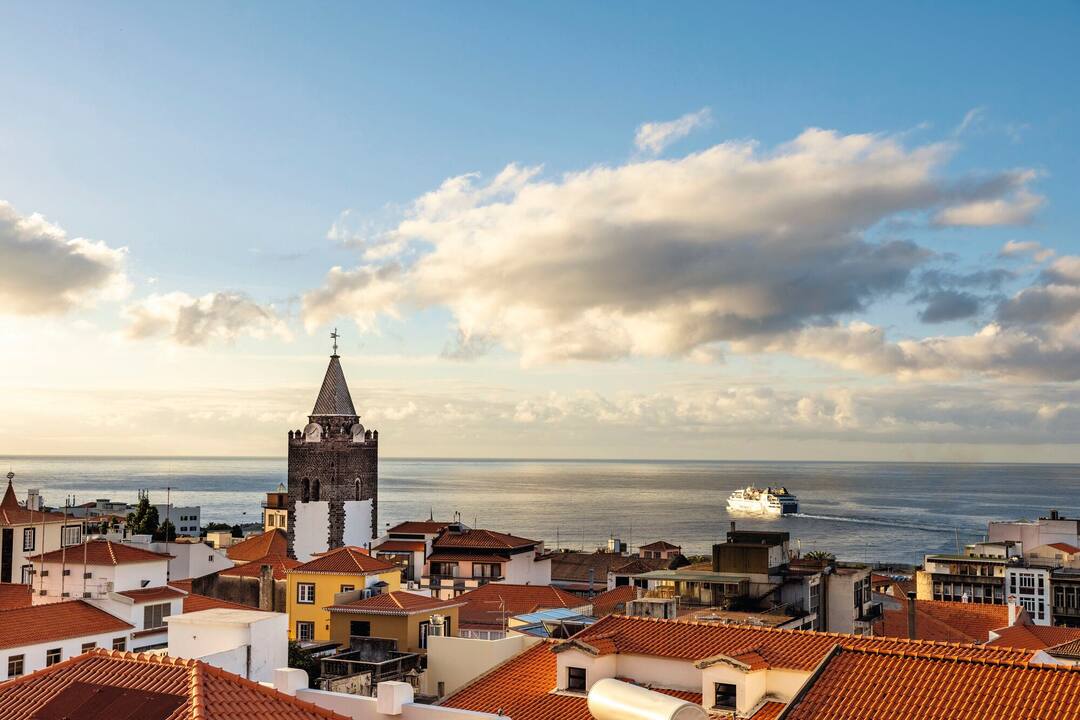;img.crop(width:1080%2Cheight:608))
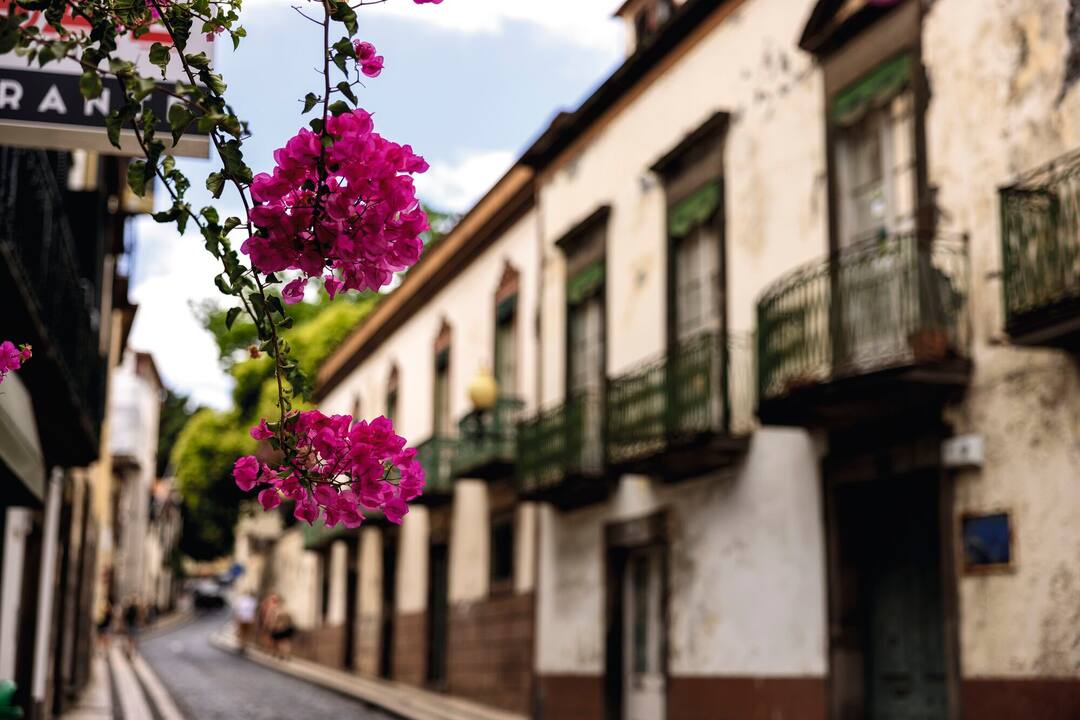;img.crop(width:1080%2Cheight:608))
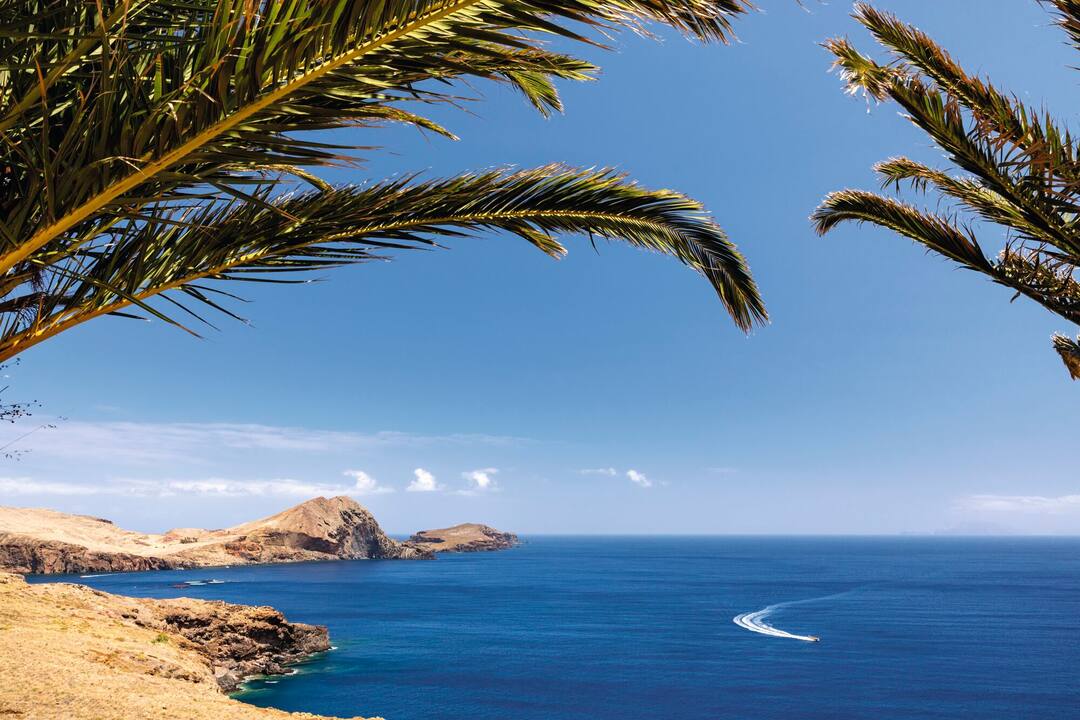;img.crop(width:1080%2Cheight:608))
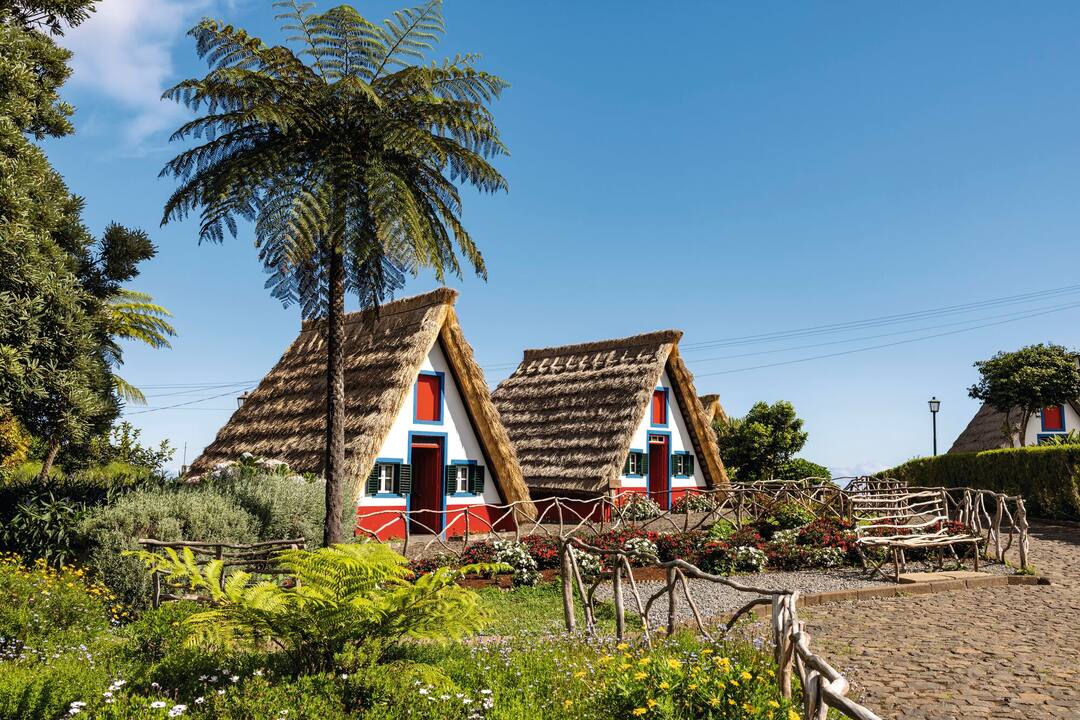;img.crop(width:1080%2Cheight:608))
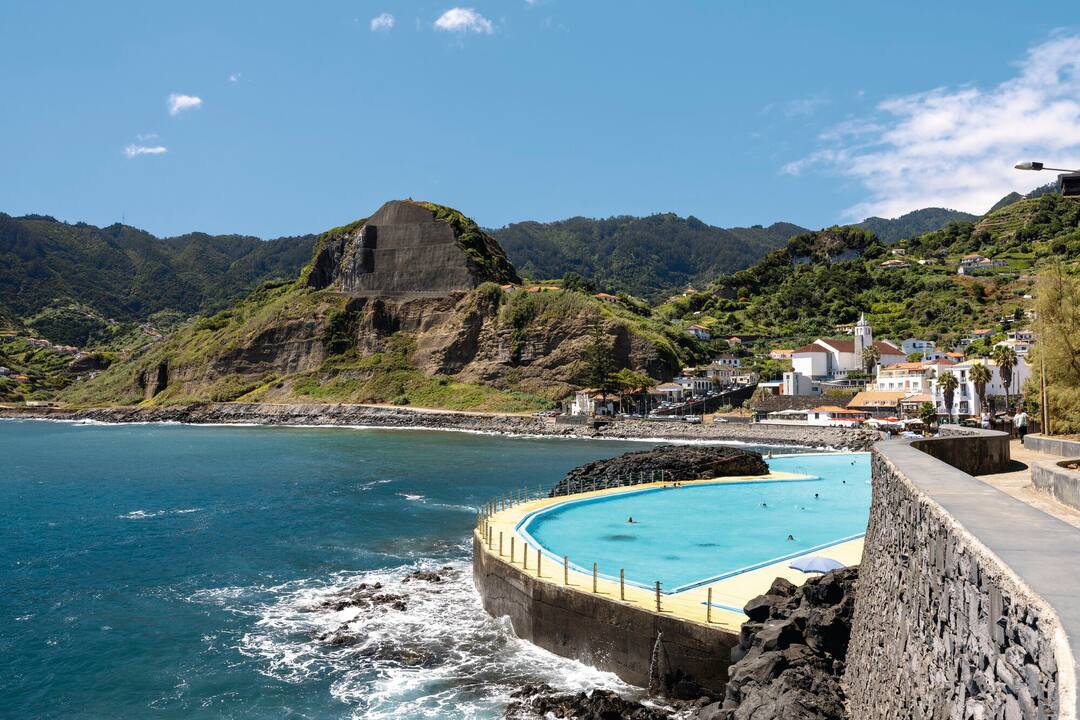;img.crop(width:1080%2Cheight:608))
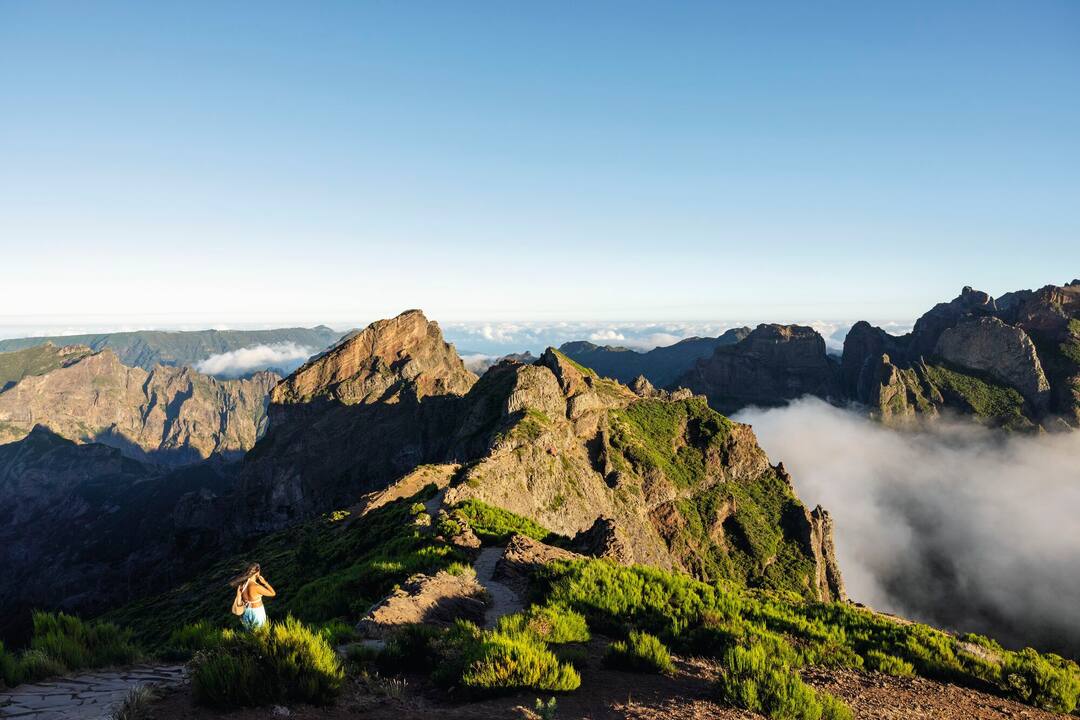;img.crop(width:1080%2Cheight:608)&fit=thumb&w=782&h=394&q=70&fm=jpg)
Holidays to Madeira give you an access-all-areas pass to some of the best scenery in Europe – cue botanical gardens, soaring mountains and rugged, wind-swept beaches.
The Floating Garden
Nicknamed the Floating Garden, Madeira is Portugal’s answer to the Garden of Eden. Fuchsia bougainvillea, scarlet poinsettias and lilac jacaranda trees blanket the landscape, turning entire villages Technicolor. The zig-zagging network of mountain trains – known as levadas – deliver some of the best natural panoramas on the island.
Scenic coastline
The good looks aren’t limited to the island’s interior. Make your way down to Madeira’s coast and you’ll come across small rocky coves and pebbly bays. Sand is in limited supply here, but there are a couple of exceptions to the rule. You’ll find a volcanic sweep of sand in Ribeira Brava, and a man-made stretch of beach in Calheta, where the sands have been shipped over from Morocco. Surfers, meanwhile, make the most of its 'Hawaii of the Atlantic' nickname, with waves to give the tropical islands a run for their money.
Pretty Funchal
Madeira’s capital, Funchal, is made up of colonial buildings, basalt churches and sleepy squares. The narrow backstreets of the old town are packed with wine bars and family-run tavernas, while the marina is lined with cafés and seafood restaurants.
Canico De Baixo
You'll find Canico De Baixo just east of Funchal. It's made a name for itself as a luxury holiday spot. Here, the parish’s old quarter is built around an 18th-century church and a pindrop-peaceful square, while the new quarter is filled with boutique hotels and clifftop villas.
FREQUENTLY ASKED QUESTIONS ABOUT MADEIRA
How long does it take to fly to Madeira?
Flights from the UK to Madeira take around three hours, depending on which airport you fly from.
What is the best time to visit Madeira?
Unsurprisingly, the temperatures soar the highest in Madeira in the summer months. Alternatively, avoid the crowds by visiting between April and mid-June, when the weather’s good and the resorts are quieter.
Is Madeira warm in winter?
The average temperature in Madeira in December is 20°C. Plus, it’s a much cheaper time to visit than during peak season.
What currency should I take to Madeira?
As Madeira’s a Portuguese island, you’ll want the same currency as over on the mainland – the euro.
Is Madeira hotter than Portugal?
Year-round, Madeira and Portugal both have a very similar climate and temperatures.
Popular hotels in Madeira
Top things to see and do in Madeira
Beaches
Shopping
Nightlife
Food & drink
Top Hotels in Madeira
Facts about Madeira
FAQs
Where can I find the latest travel advice?
All your questions about entry requirements, visas, passports or health information are answered on our Travel Advice page.
Ready to start searching for your trip to Madeira?
Take a look at our best deals, add handy holiday extras, or keep looking for travel inspiration.

;img.crop(width:1080%2Cheight:608))
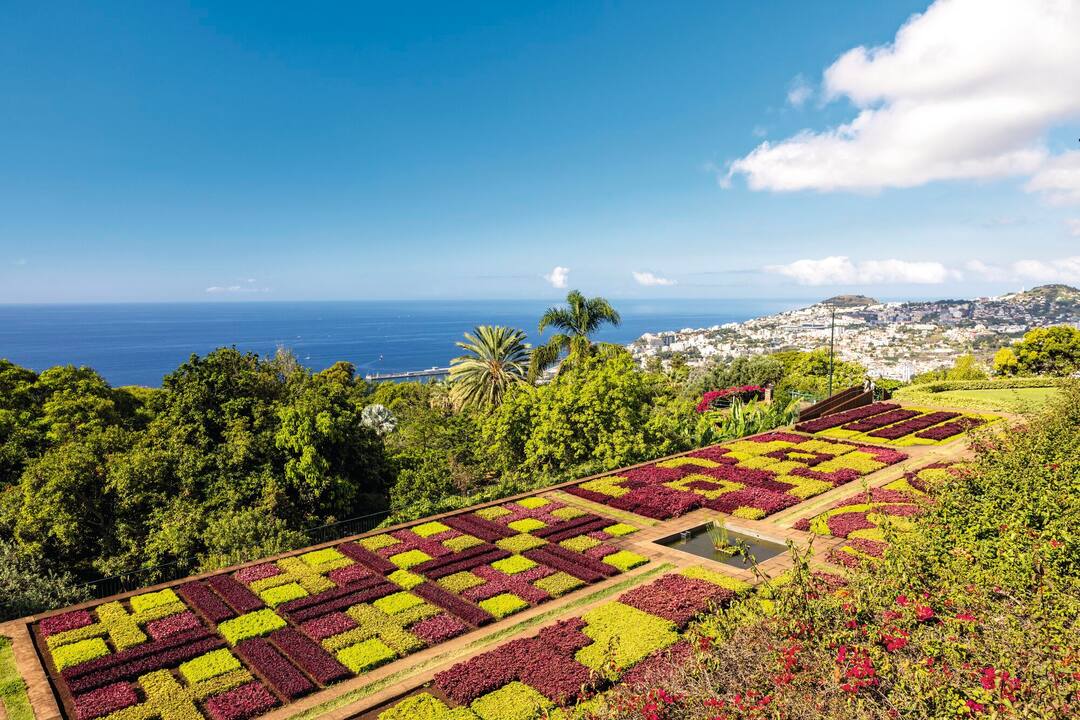;img.crop(width:1080%2Cheight:608))
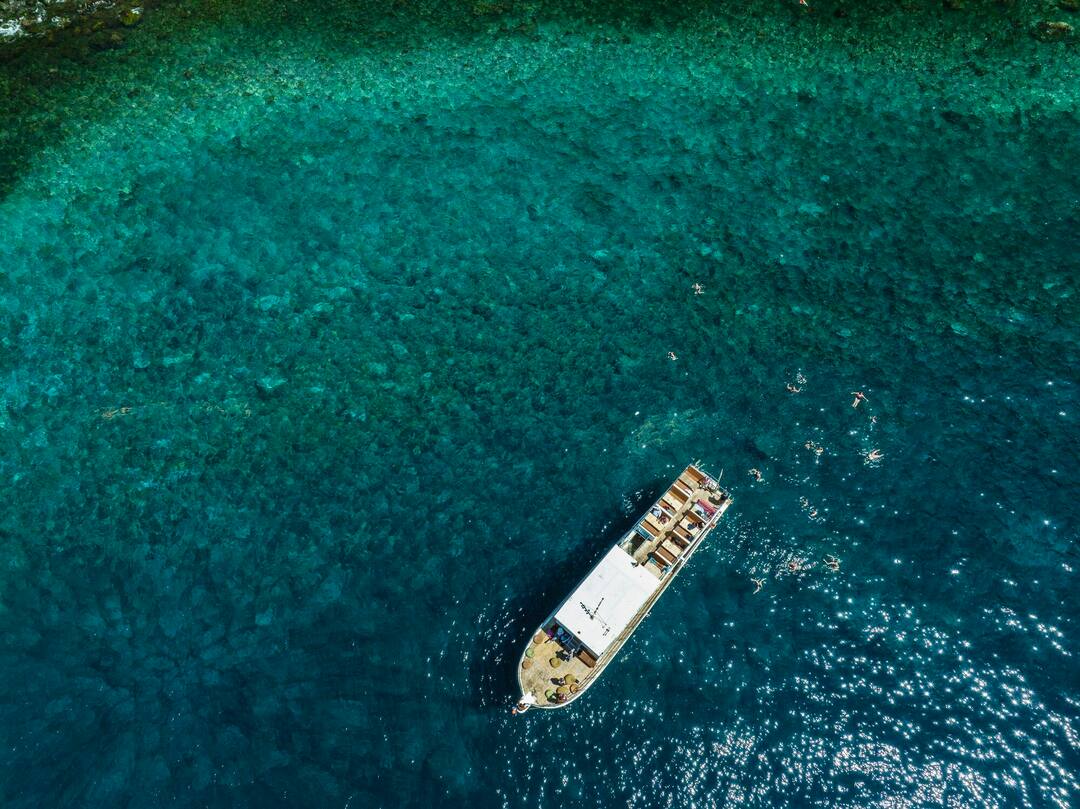;img.crop(width:1080%2Cheight:608))
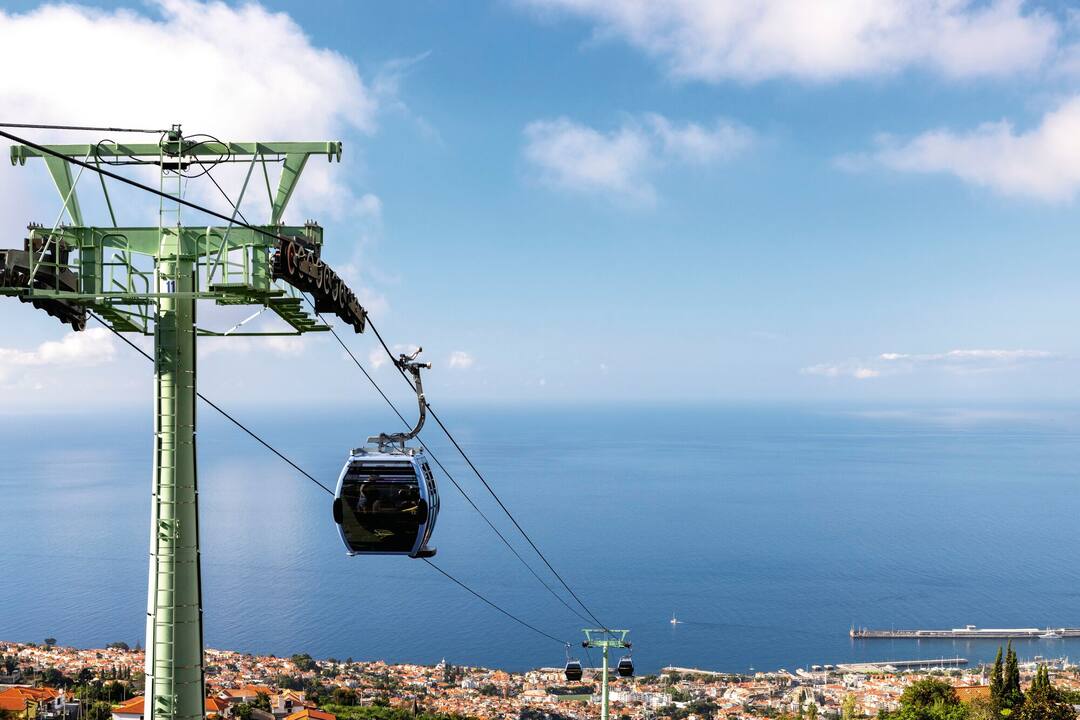;img.crop(width:1080%2Cheight:608))
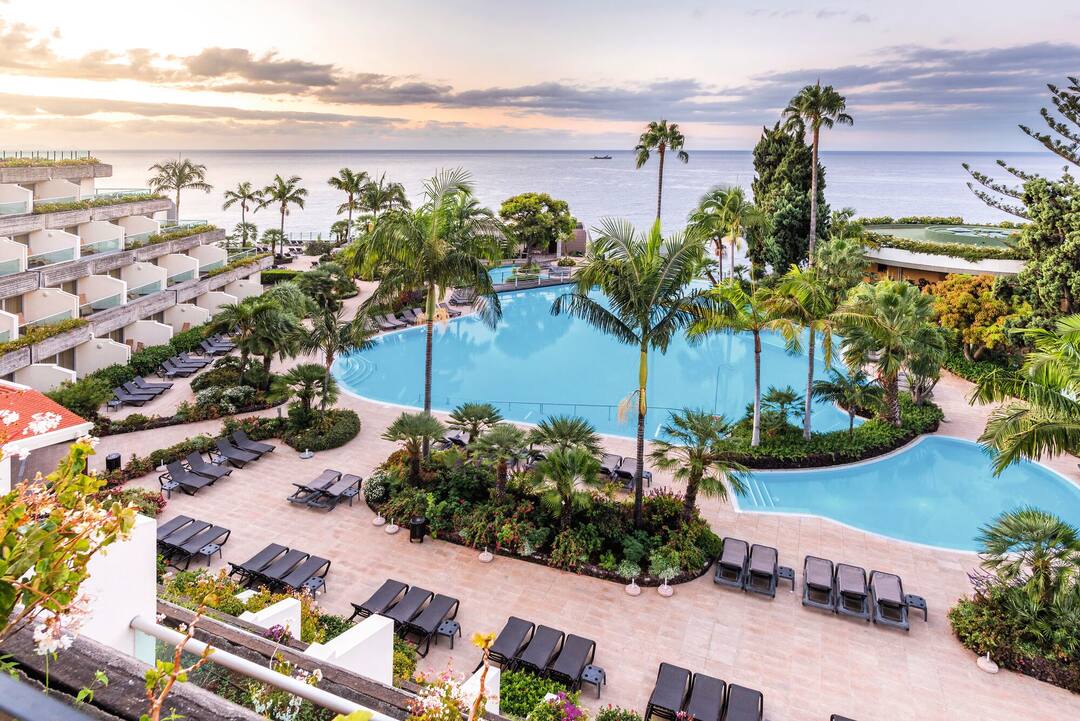;img.crop(width:1080%2Cheight:608))

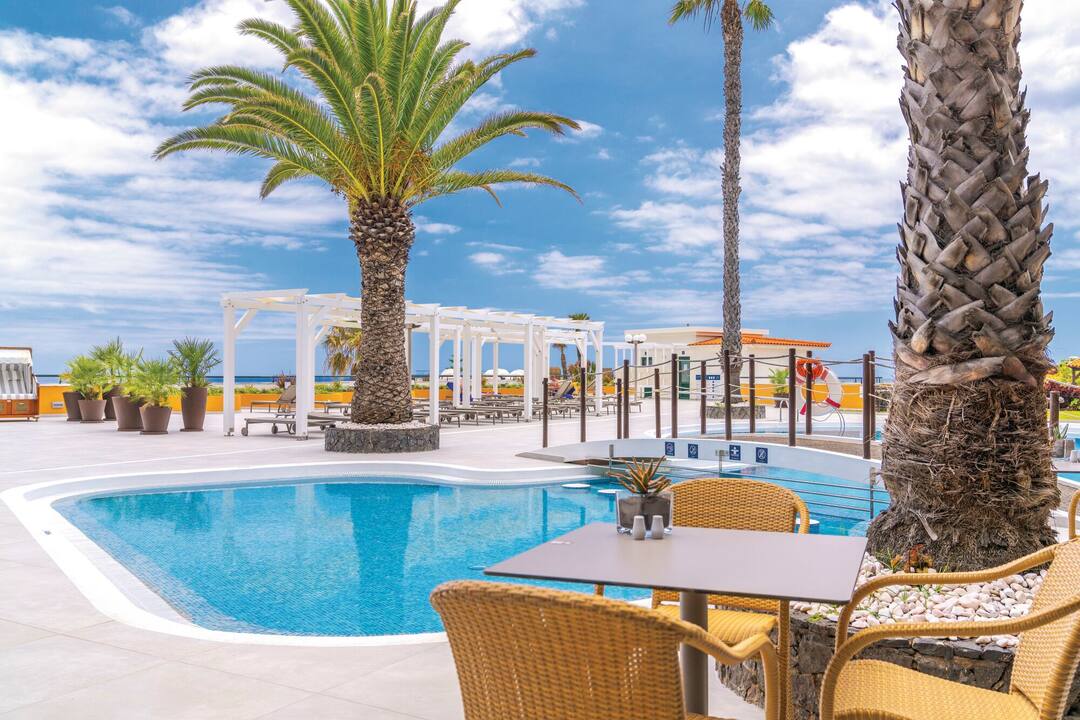;img.crop(width:1080%2Cheight:608))
;img.resize(height:608);img.crop(width:1080%2Cheight:608))
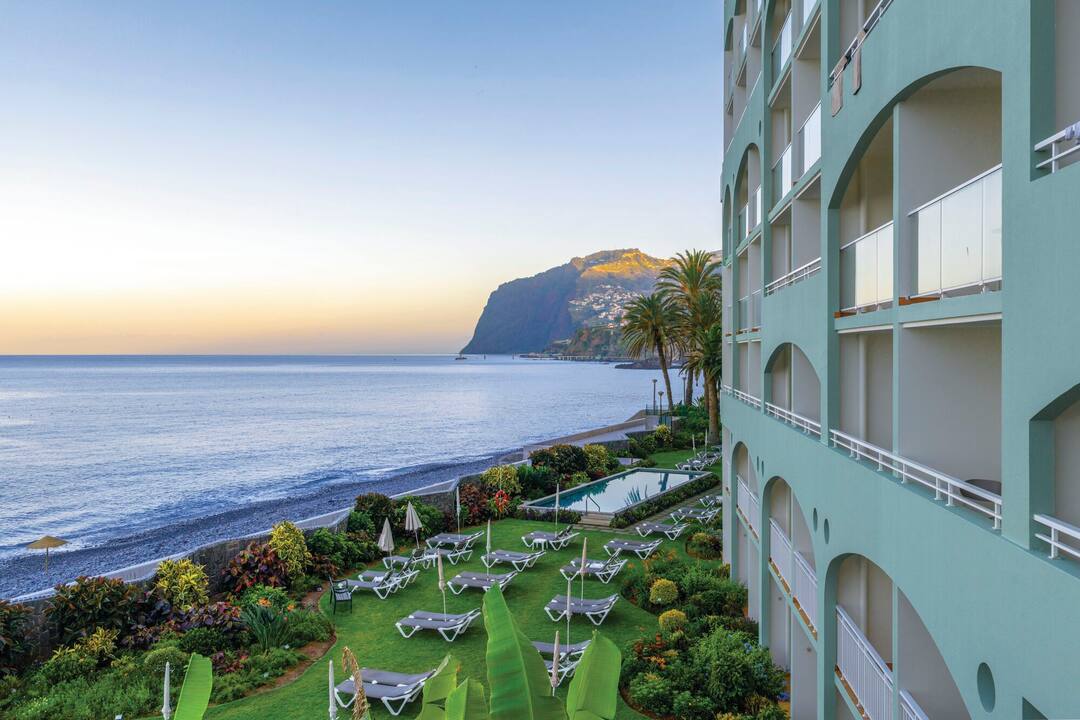;img.crop(width:1080%2Cheight:608))
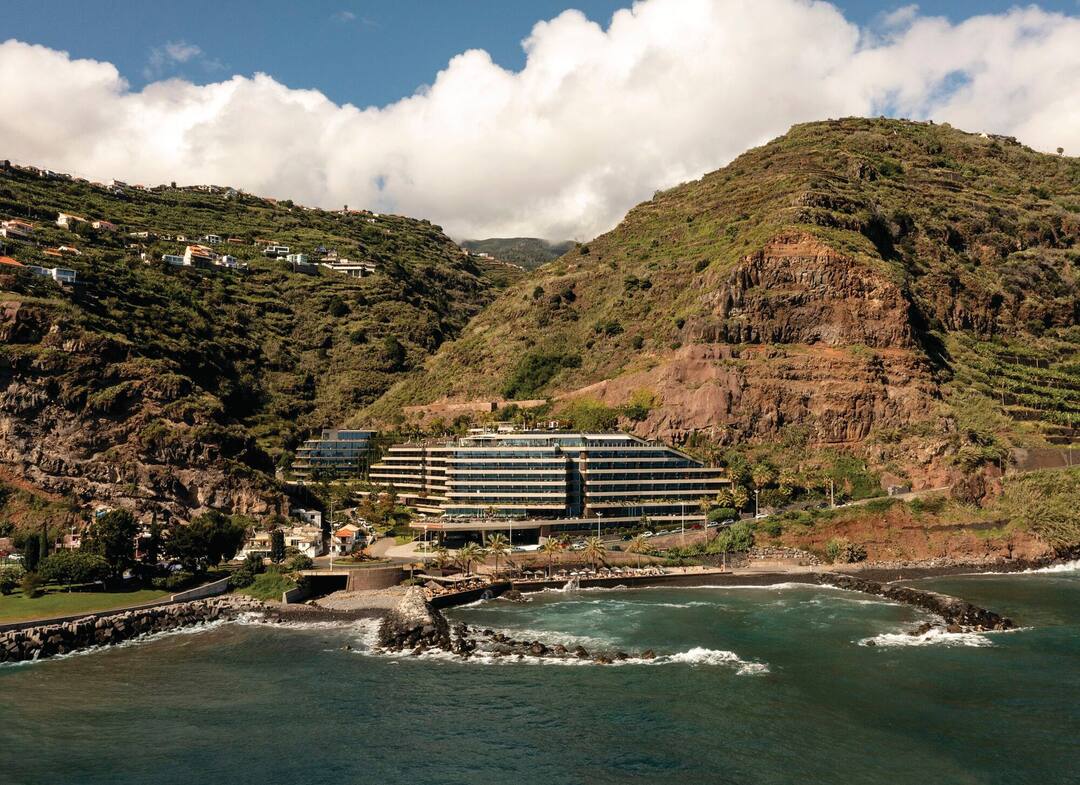;img.crop(width:1080%2Cheight:608))